The Regional Winners of the 2022 World Press Photography Competition
![]()
The World Press Photo organization has announced the winners of its 2022 competition. Now in its 65th year, the competition recently switched to a new region-based model that awards winners in four categories across six global regions.
The Regional Model
The World Press Photo organization switched to a new regional model for the 2022 competition, as it found that there was an imbalance in representation among entrants, stories, and winners. In 2021, only 7% of entrants came from South America, 5% from Southeast Asia and Oceania, and 3% from Africa. The organization felt that this was not representative of the photojournalistic talent around the world, and sought to change its methods to reflect that.
“We needed to look at the contest from a different angle–to change the format of how it is set up, and how it is judged, in order to improve representation from regions that have been historically underrepresented in our contests,” the organizatoin explains. “The contest model should provide a platform where a multiplicity of voices can be heard–and stories can be seen–so that we can become an organization that reflects the world.”
The 2022 contest, therefore, uses a six-region system this year: Africa, Asia, Europe, North and Central America, South America, and Southeast Asia and Oceania. In each region, a selection of entries per category was chosen by a regional jury composed of professionals that are from or are actively working in that region. Once regional juries made a decision, the global jury decided on the 24 regional winners and from those, the four global winners: World Press Photo of the Year, World Press Photo Story of the Year, World Press Photo Long-Term Project Award, and World Press Photo Open Format Award. Those global winners will be announced on April 7.
Every regional winner of the Contest receives a monetary prize of €1,000, inclusion in the annual worldwide exhibition, inclusion in the annual yearbook, publication and a personal profile on the World Press Photo website, promotion on World Press Photo platforms, an invitation to the Winners’ Program, and a physical award.
2022 Regional Competition Winners
With the regional winners now selected, Joumana El Zein Khoury, executive director of World Press Photo Foundation, says that the changes had the desired effect.
“It is exhilarating to see the way in which the new regional contest set up is producing the changes that we were hoping for. Changes that we believe will offer different perspectives on, and a deeper connection to, photojournalism and documentary photography from all over the world.”
Below are the winning entries from all six regions.
Africa
Singles
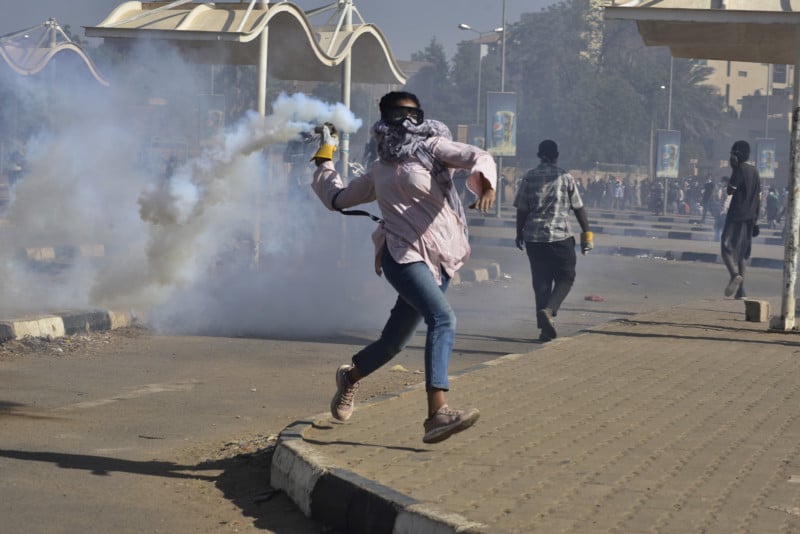
Stories
This series is titled “Afraid to go to School” and was captured by Sodiq Adelakun Adekola, Nigeria, Agence France-Presse.
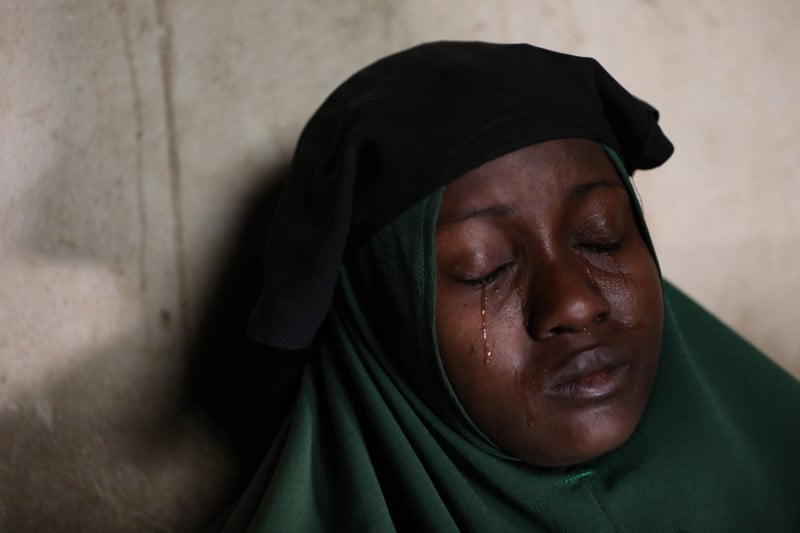
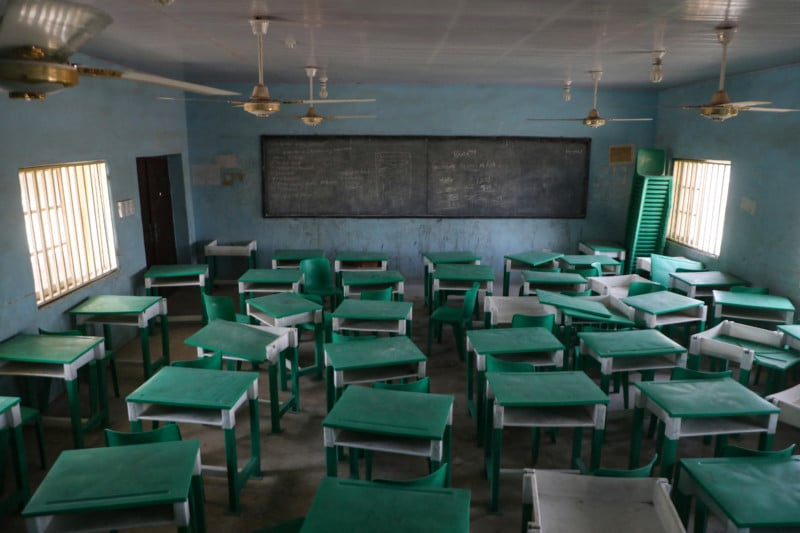
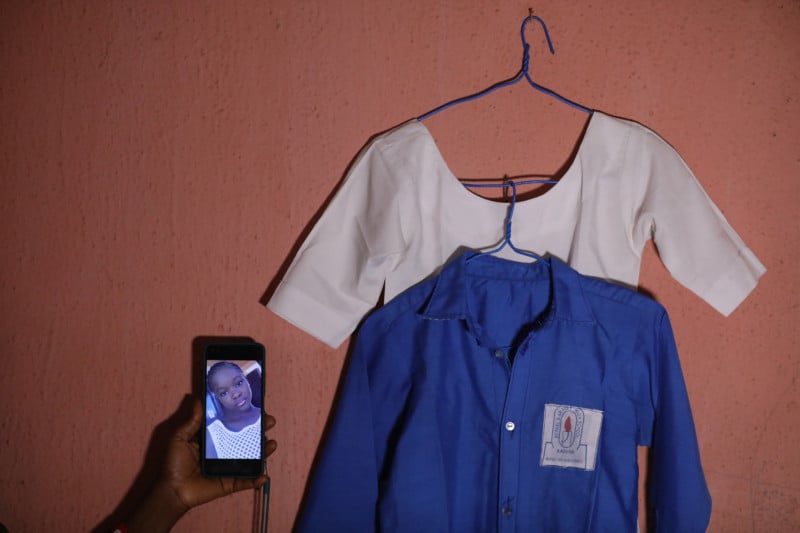
The July 5 attack in Nigeria’s northwest Kaduna state was just the latest mass abduction at a school or college as kidnap gangs seeking quick ransoms zero in on soft target of young students.
Armed kidnappings for ransom along highways, and from homes and businesses now make almost daily newspaper headlines in Africa’s most populous country.
Long-Term Projects
This photo series is titled “The Zebu War” and was captured by photographer Rijasolo, Madagascar/France, Riva Press.
![]()
![]()
![]()
![]()
![]()
![]()
![]()
![]()
Open Format
This photo is titled “The Longing of the Stranger Whose Path Has Been Broken” by Rehab Eldalil, Egypt.
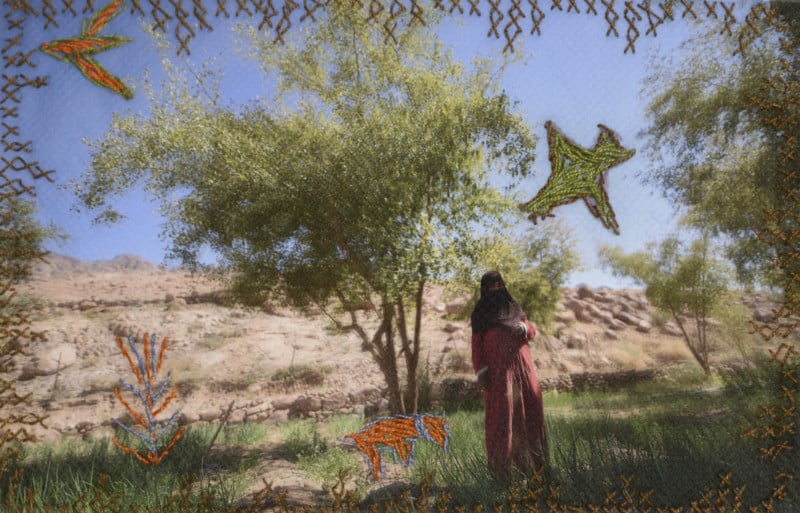
Asia
Singles
This photo is titled “Palestinian Children in Gaza” and was captured by Fatima Shbair, Palestine, Getty Images.
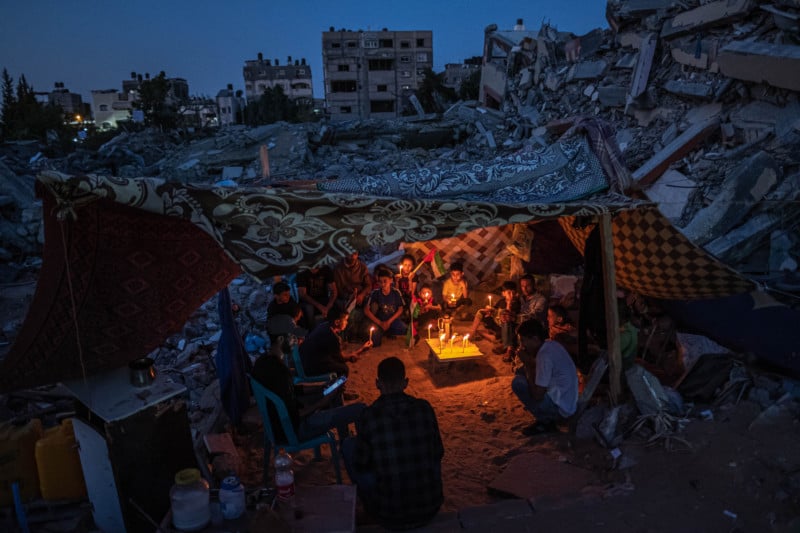
Stories
This series is titled “The Cinema of Kabul” and was taken by Bram Janssen, the Netherlands, The Associated Press.
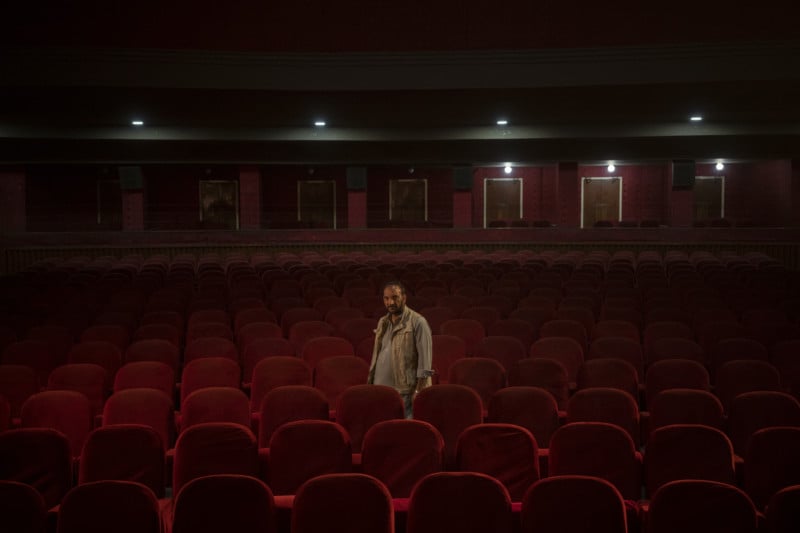
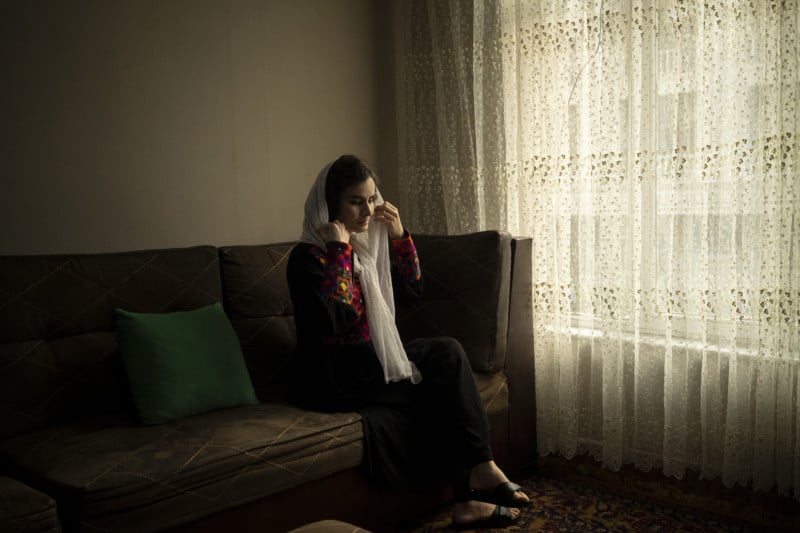
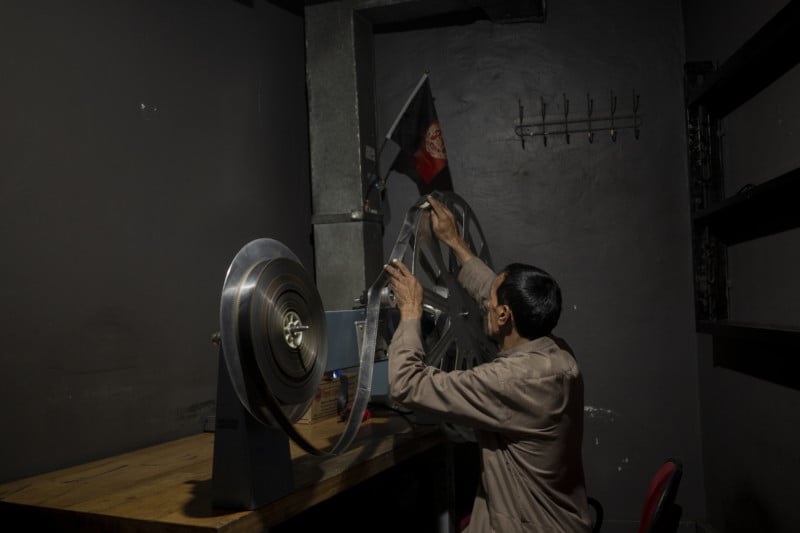
Long Term Projects
This series is titled “Boundaries: Human-Tiger Conflict” and was taken by Senthil Kumaran, India.
![]()
![]()
![]()
![]()
![]()
![]()
Open Format
This photo is titled “Blue Affair” and was taken by Kosuke Okahara, Japan.
![]()
Europe
Singles
This photo is titled “Evia Island Wildfire” and was taken by Konstantinos Tsakalidis, Greece, for Bloomberg News.
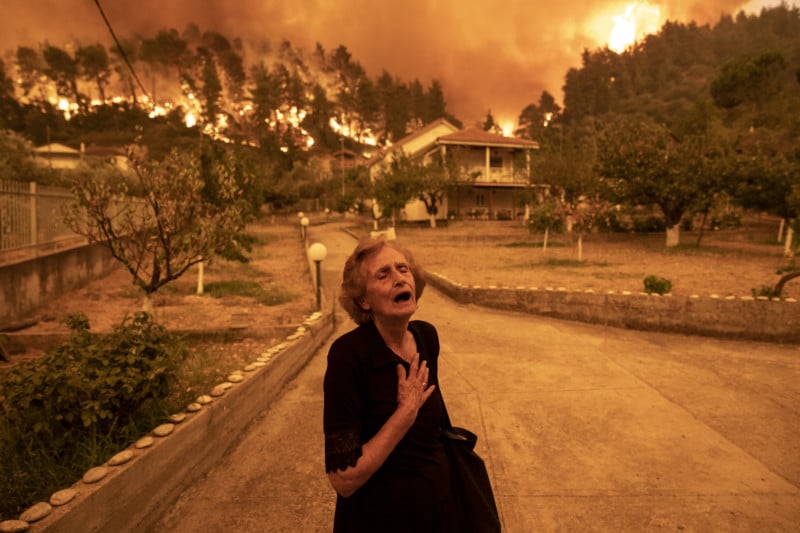
Stories
This series is titled “As Frozen Land Burns” and was taken by Nanna Heitmann, Russia/Germany, Magnum Photos.
![]()
![]()
![]()
Long Term Projects
This series is titled “Ukraine Crisis” and was taken by Guillaume Herbaut, France, Agence VU.
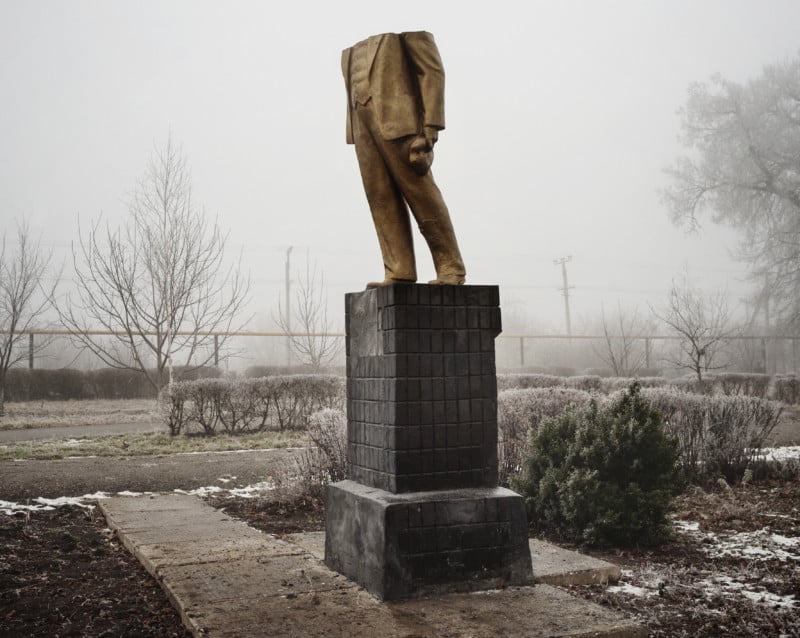
Cheminots Park, the Lenin statue was destroyed in the night of December 8-9, 2013.
Ukraine, Kotovsk, 19 décembre 2013
Parc des Cheminots, la statue de Lénine a été détruite dans la nuit du 8 au 9 Décembre 2013.
Guillaume Herbaut / Agence VU
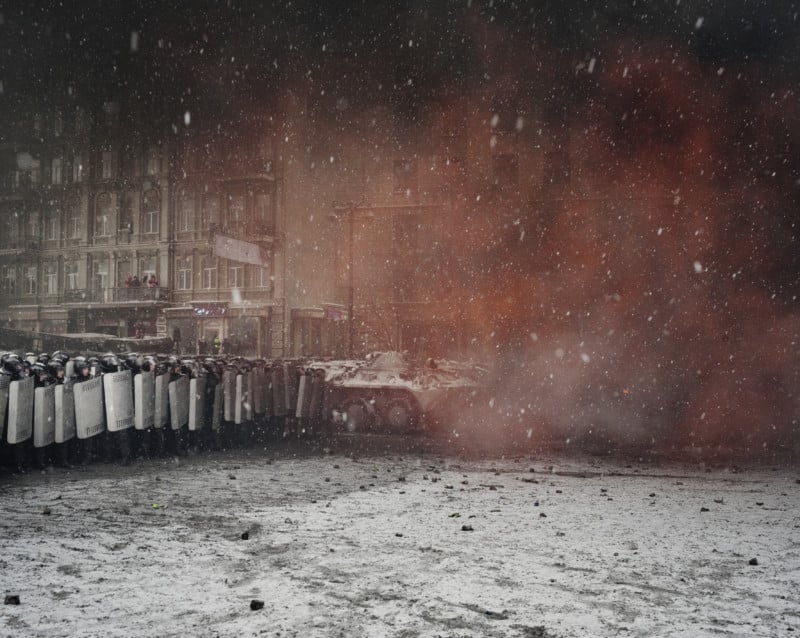
Hrushevskoho street. Since January 21, violent confrontations take place between law enforcement and pro-EU protestors. The special anti-riot units, the Berkouts,
use weapons against the masses. At the end of the day, they count five dead and many hundred wounded.
Ukraine, Kiev, 22 janvier 2014
Rue Hrushevskoho. Des affrontements violents se déroulent entre forces de l’ordre et manifestants pro-européens depuis le 21 janvier. Les unités spéciales antiémeutes, les Berkouts, utilisent des armes à feu contre la foule. À la fin de la journée, on dénombre cinq morts et plusieurs centaines de blessés.
Guillaume Herbaut / Agence VU
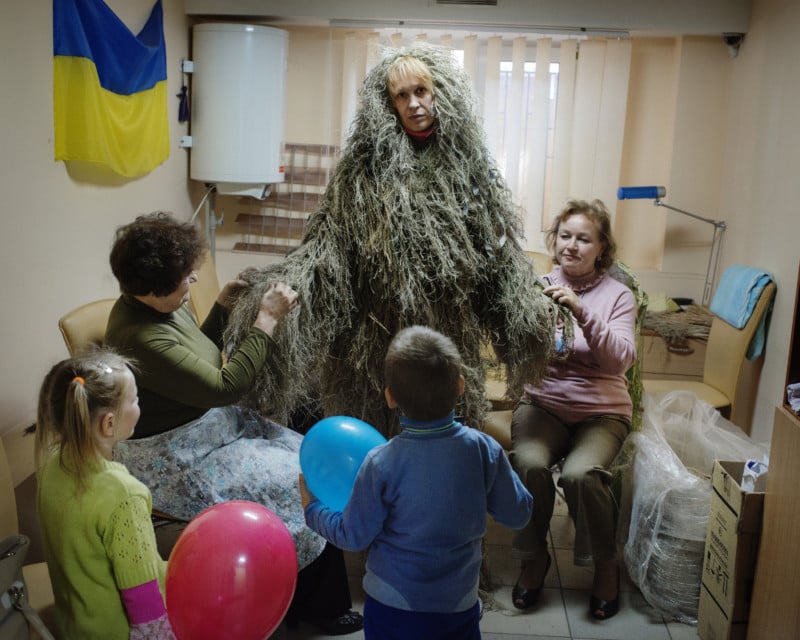
Women making ghillie camouflage gear for snipers at the Novy Mariupol center, an organization that collects equipment for Ukrainian soldiers.
Ukraine, Marioupol, 29 septembre 2014
Des femmes préparent une tenue de camouflage pour sniper dans les locaux de Novy Marioupol, une organisation collectant du matériel pour les forces militaires ukrainiennes.
Guillaume Herbaut / Agence VU
Open Format
“The Book of Veles” is a series of photos that were manipulated and partially computer generated by Jonas Bendiksen, Norway.
![]()
North and Central America
Singles
This photo is titled “Kamloops Residential School” by Amber Bracken, Canada, for The New York Times.
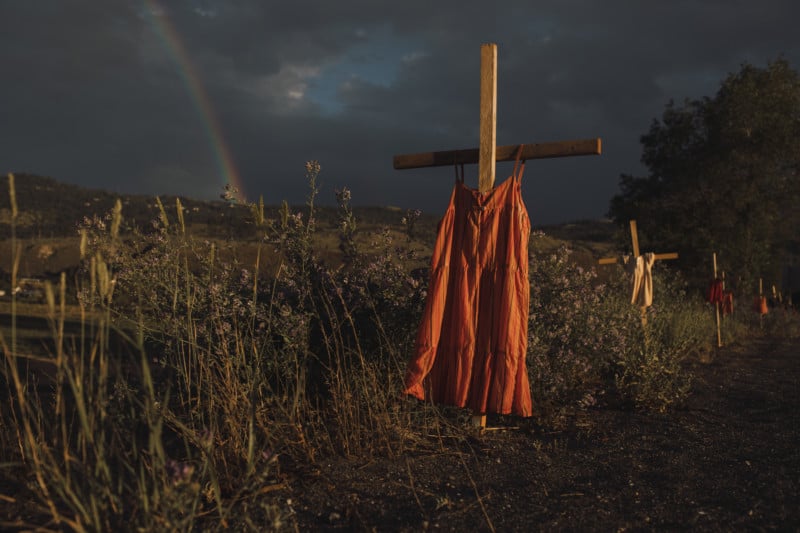
Stories
This series is titled “The People Who Feed the United States” and was taken by Ismail Ferdous, Bangladesh, Agence VU.
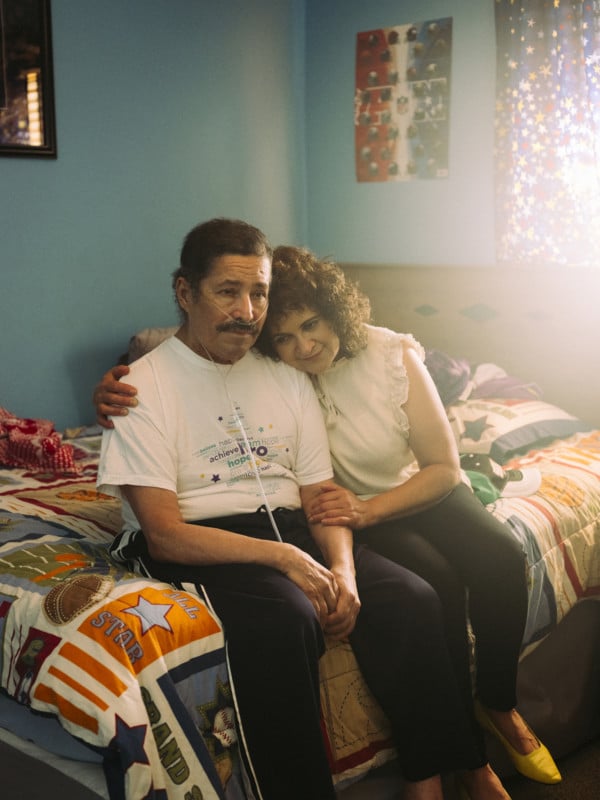
Sara, his sister, used to work in the same meatpacking plant but she quit. She works as housekeeper now. Sara took care of Jose the entire time her brother was sick .
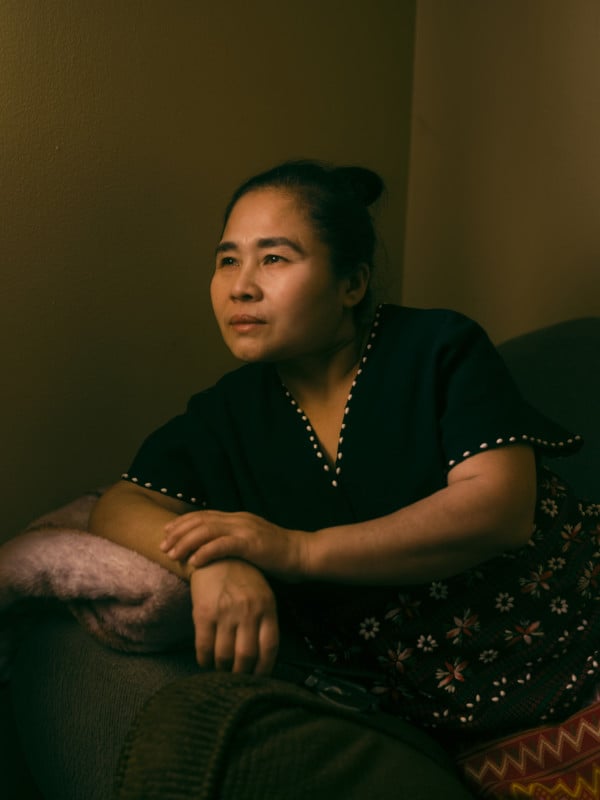
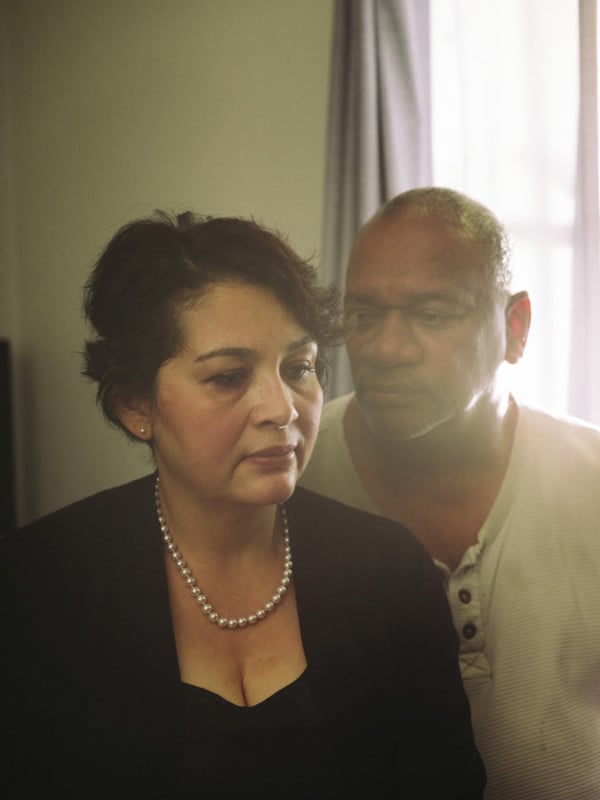
Foods, a meatpacking plant in Sioux Falls, S.D. While her husband is now retired, Sandra still works at the meatpacking plant. She has been working at the plant for the last 15 years, and is now a COVID-19 survivor.
On April 7, 2020, she became sick during a shift at work, feeling shivers from head to toe. The company she works for, Smithfield Foods, had advised that if one felt sick, they should not go to first aid. Rather they should tell their supervisor and go home. Sandra did just that. The supervisor responded that 38 people had already gone home and that he did not know if he could find someone to take her place.
Sara remembers being unable to breathe, crouched in a corner. A coworker came to check on her. She was able to tell her co-worker to stay away because of the potential of them contracting the virus. The last memory she has of that day is when she was taken to the hospital by car. Three days later, it was verified that she contracted COVID-19. She was sick for three weeks.
Long Term Projects
This series is titled “Political Year Zero” and is by Louie Palu, Canada.
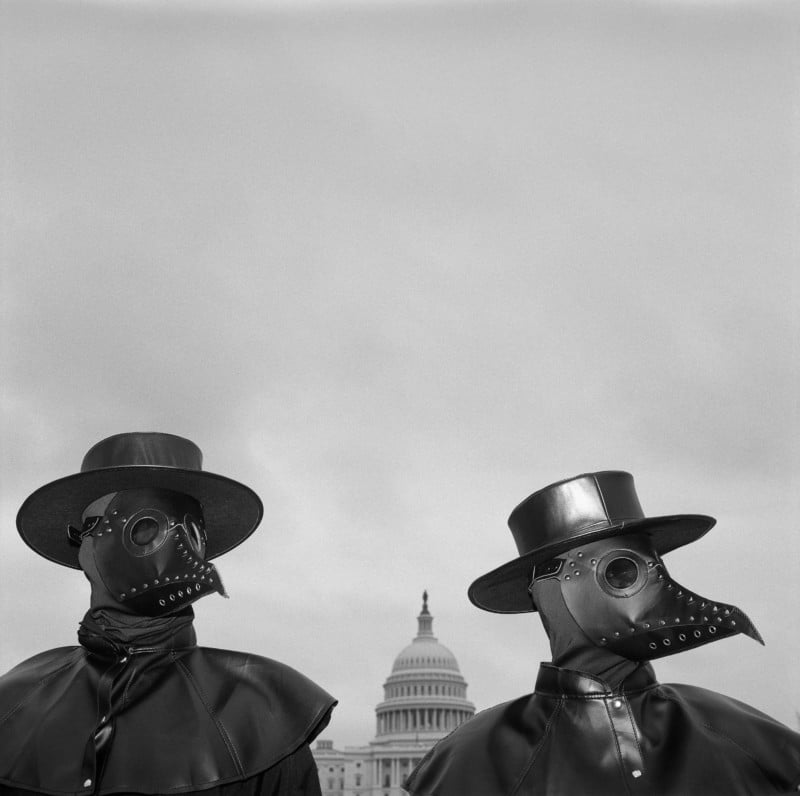
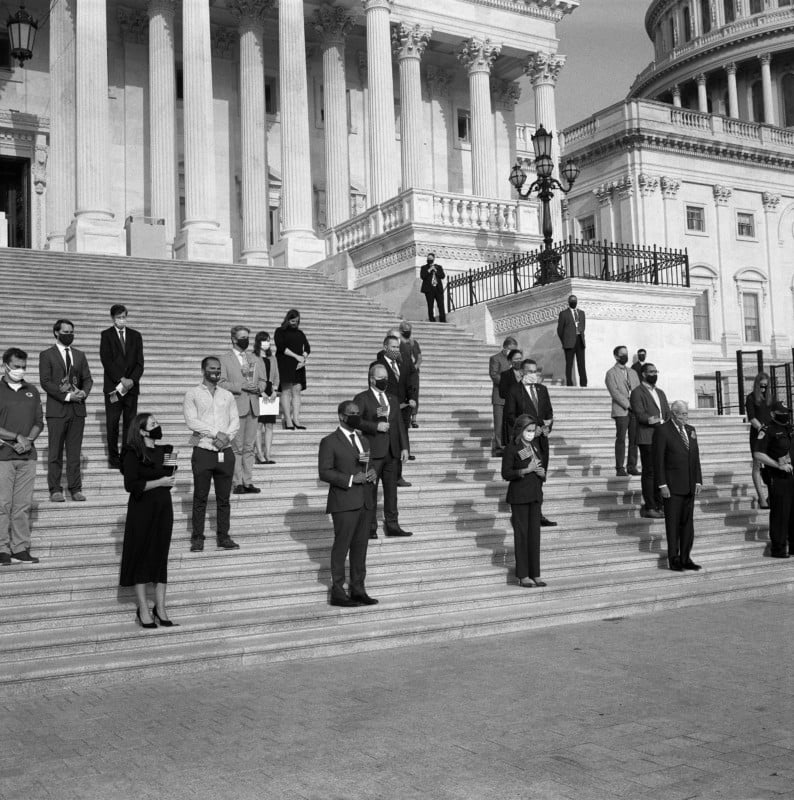
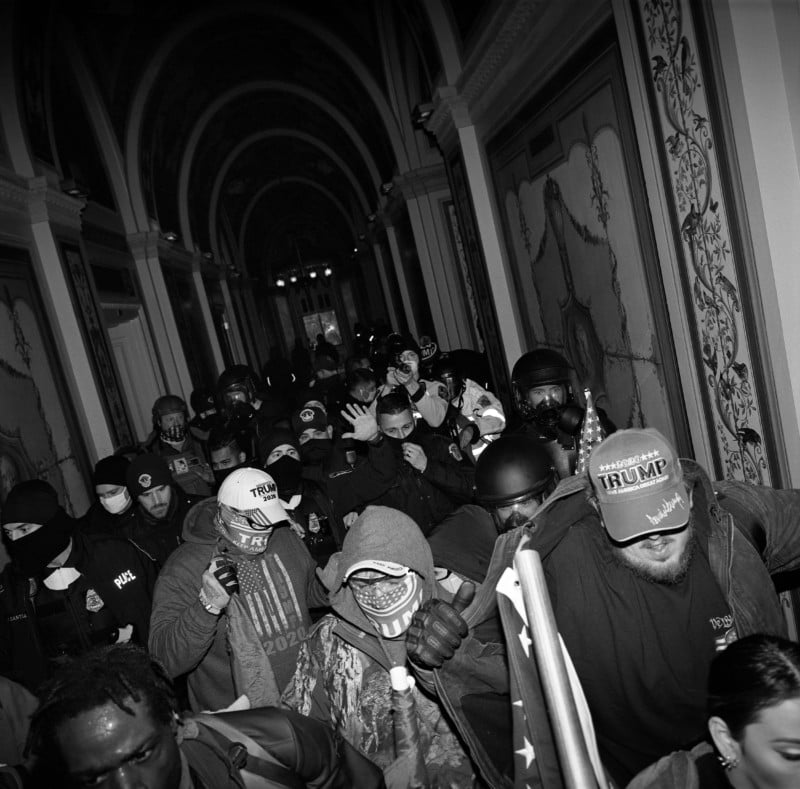
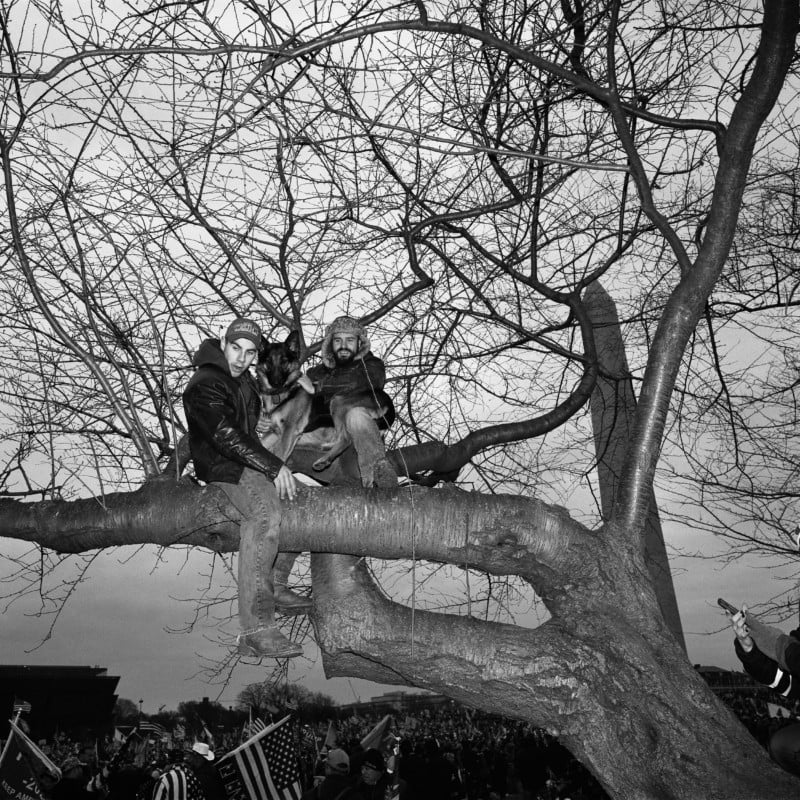

Open Format
This photo is titled “The Flower of Time. Guerrero’s Red Mountain” and was taken by Yael Martínez, Mexico.

An elder in the Garza hill. For the Na savi people, elders are respected since they contain wisdom and connection with our mother earth. Every December 31, the Na Savi indigenous communities climb the Cerro de la Garza to perform rituals that commemorate the end and beginning of a cycle. Guerrero Mexico On December 31, 2020.
South America
Singles
This photo is titled “San Isidro Settlement Eviction” and was taken by Vladimir Encina, Colombia.
![]()
Stories
This series is titled “The Promise” and is by Irina Werning, Argentina, Pulitzer Center.
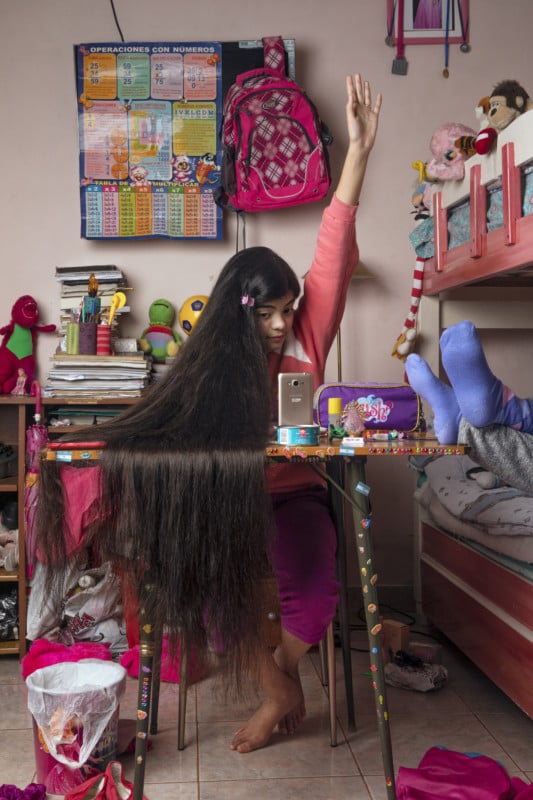
Antonella was studying via zoom with friends for her Biology course during the weekend. She had to do a group project and each student would take turns to participate with parents monitoring the participation. (June 2021, Buenos Aires, Argentina). Antonella is very lucky that her parents are truly obsessed that their daughter keeps up to date with her education and organize via watsap with other mothers group studies virtual get togethers. Her sister shares the small room with her and stays in her bed when she is in class because the room is very small. Carolina is 23 and she helps her parents organize Antonella’s virtual schedule and make sure she attends all classes and does her group projects with her school mates.
NOTE: The portrait was taken with the explicit consent and in full cooperation with the subject’s mother. Both the parents and the subject were adequately informed of the nature, purpose and distribution of the project.
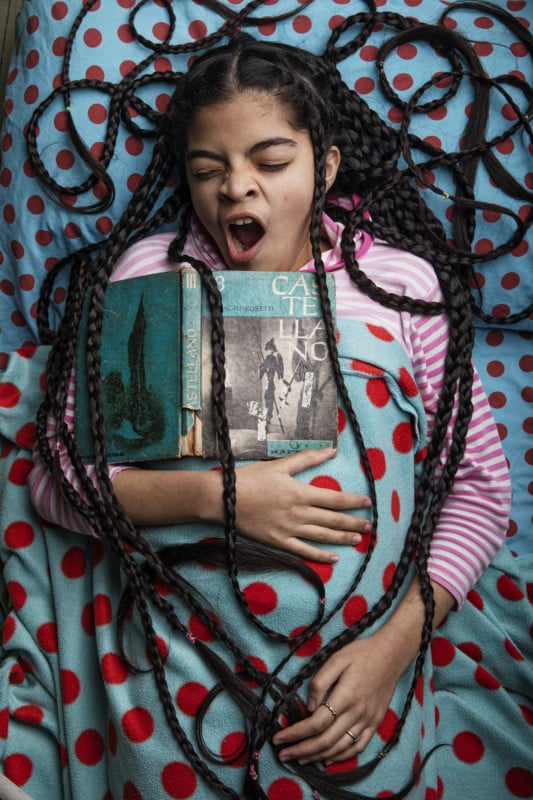
In this picture, I captured the moment she yawns while studying language. Sometimes she studies from bed as she lacks the motivation to get up.
NOTE: The portrait was taken with the explicit consent and in full cooperation with the subject’s mother. Both the parents and the subject were adequately informed of the nature, purpose and distribution of the project.
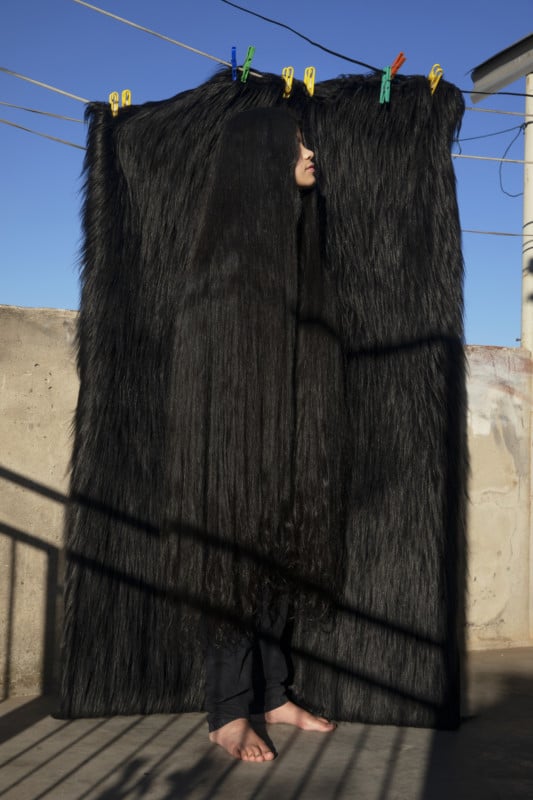
Antonella washed a black faux fur blanket the family has on top of her parents’ bed. She poses for her portrait in front of the fur and asks me to take a picture of her hair to celebrate it because it means so much
NOTE: The portrait was taken with the explicit consent and in full cooperation with the subject’s mother. Both the parents and the subject were adequately informed of the nature, purpose and distribution of the project.
Long Term Projects
This series is titled “Amazonian Dystopia” and is by Lalo de Almeida, Brazil, for Folha de São Paulo/Panos Pictures.






Agribusiness is one of President Bolsonaro’s main pillars of political support, especially because they share the same view that environmental preservation is an obstacle to development.
This government has weakened environmental enforcement agencies and non-governmental organizations, which act as a counterweight, albeit unequal, to the predatory model of exploitation in the Amazon region.
Open Format
This photo is from a series titled “Blood is a Seed” buy Isadora Romero, Ecuador
![]()
Southeast Asia and Oceania
Singles
This photo is titled “Slingshots” and was taken anonymously for The New York Times.

Stories
This series is titled “Saving Forests with Fire” and was taken by Matthew Abbott, Australia, for National Geographic/Panos Pictures.
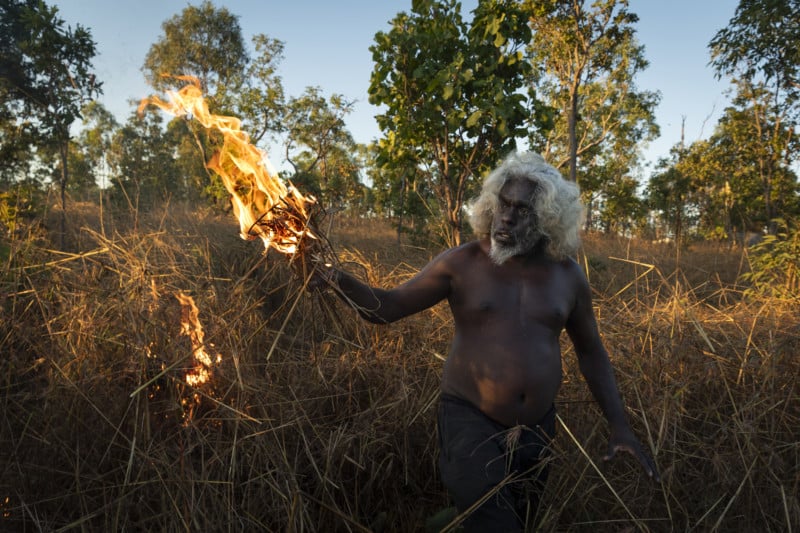
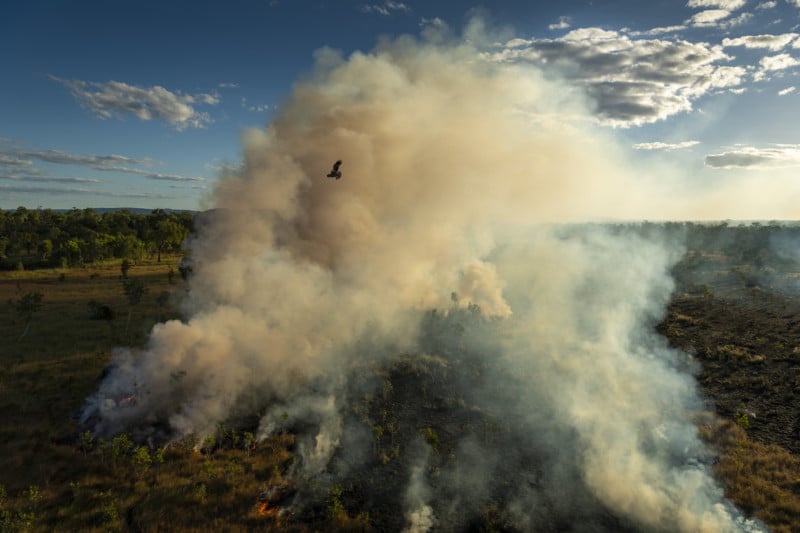
![]()
Long Term Projects
This series is titled “Haze” and was shot by Abriansyah Liberto, Indonesia.
![]()
![]()
![]()
![]()
![]()
![]()
Open Format
This photo is from a series titled “The Will to Remember” by Charinthorn Rachurutchata, Thailand.
![]()
Image credits: All photos individually credited and provided courtesy of the World Press Photo competition.